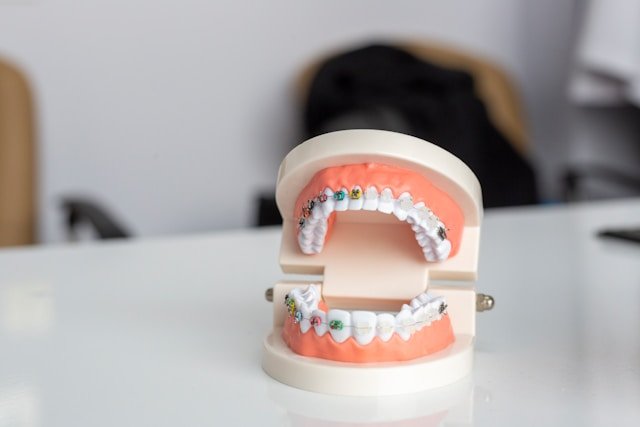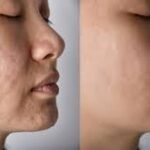Have you ever experienced that popping sound when you open your mouth? Or perhaps you’ve woken up with an aching jaw that makes breathing painful? If so, you might deal with temporomandibular joint disease, widely known as TMJ. Your jaw joint can become swollen, misplaced, or worn down over time, causing discomfort ranging from mild annoyance to severe pain.
Surgery isn’t your only choice. In fact, many people find comfort through cautious, non-surgical methods. We’re about to cover these choices in depth, giving you the information you need to successfully address your TMJ treatment.
Understanding TMJ Disorder
TMJ disease affects the temporomandibular joints—the small, complex hinges connecting your jaws to your head. These joints work with surrounding muscles, ligaments, discs, and bones, allowing important tasks like talking, chewing, and breathing. When something goes wrong with your TMJ, you might experience a variety of symptoms:
- Jaw pain or soreness
- Difficulty or pain while chewing
- Facial pain that may spread to your ears
- Clicking, popping, or grinding sounds when opening your mouth
- Jaws that lock or get stuck
- Headaches or migraines
- Earaches or ringing in the ears
The reasons range widely, from teeth grinding (bruxism) and worry to arthritis or jaw damage. What’s important to understand is that a TMJ problem isn’t one-size-fits-all, which is why treatment methods often need to be personalized.
Self-Care and Lifestyle Modifications
The first line of defense against TMJ pain often starts at home. These simple but effective self-care techniques can provide major relief:
- Rest your mouth by eating soft foods and avoiding extreme jaw movements like wide yawning or forceful chewing. Think of your TMJ as a tired muscle—it needs time to heal.
- Apply ice packs to reduce pain, followed by warm compresses to improve blood flow and support healing. This contrast treatment can be particularly helpful for sudden flare-ups.
- Maintain good balance, especially if you work at a desk. Poor stance puts extra pressure on your neck and mouth muscles, possibly worsening TMJ symptoms.
- Stress management is important since many people unintentionally clench their jaws when worried. Regular meditating, proper sleep, and finding healthy outlets for stress can make a huge difference in your TMJ health.
Physical Therapy Approaches
Physical therapy offers organised, professional assistance for TMJ healing. A skilled therapist can:
- Teach you specific jaw movements to improve mobility, strength, and function
- Apply ultrasound treatment to reduce pain and inflammation
- Provide physical treatment methods to move joints and stretch tight muscles
- Offer balance training to address key factors
These movements include light stretching, controlled opening and closing of the mouth, and strength training created especially for the jaw muscles. Consistency is key—most physical therapists suggest daily exercise for best results.
Dental and Oral Appliances
Oral tools reflect one of the most popular and effective TMJ treatments. These custom-made devices, often called splints or night guards, can:
- Prevent teeth grinding during sleep
- Reposition the jaw to reduce muscle pain
- Protect tooth enamel from damage
- Stabilize the jaw joint
Your doctor will decide which type is most appropriate for your situation. Some are made for daily use, others for nighttime, and some for both. These tools generally require frequent changes as your health improves.
Medication Options
Several drug groups can help treat TMJ symptoms:
- Pain medicines like ibuprofen, naproxen, or acetaminophen can lower inflammation and pain during flare-ups.
- Muscle relaxants may be recommended for short-term use to ease severe muscle cramps.
- Tricyclic antidepressants in low doses can help with pain relief and improve sleep quality for chronic TMJ sufferers.
- Corticosteroid shots straight into the joint can provide brief relief from severe pain.
- Botulinum toxin (Botox) shots into the jaw muscles can avoid clenching and provide relief for some patients, though this treatment may need to be repeated regularly.
Always speak with a dentist before starting any drug regimen, as each choice brings possible side effects and factors.
Conclusion
Living with a TMJ problem can be difficult, but with the right method, most people can find major relief without turning to surgery. Mixing self-care techniques, professional treatments, and lifestyle changes can lower pain, improve function, and enhance your quality of life. Your happiness and well-being are worth the time and work that successful TMJ treatment takes.


